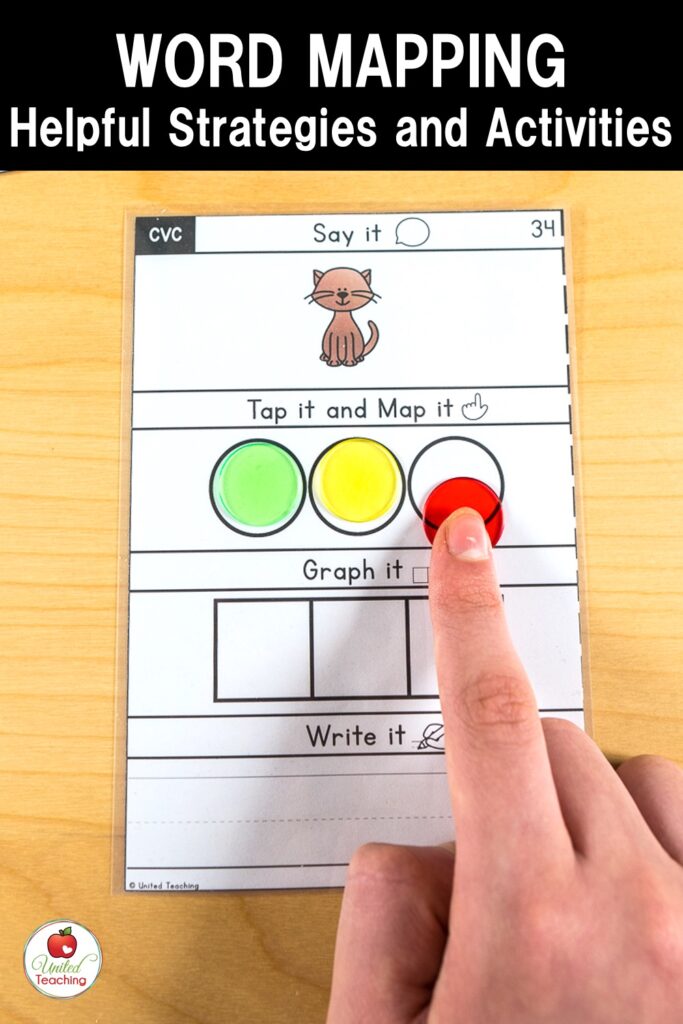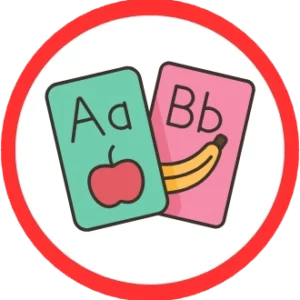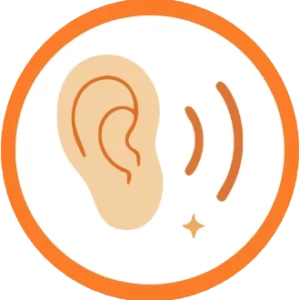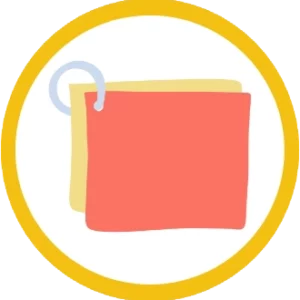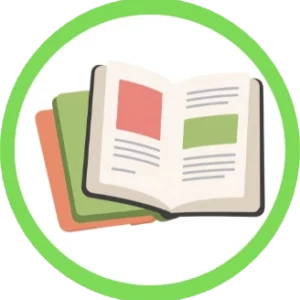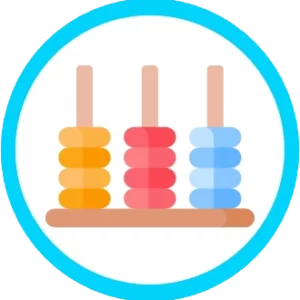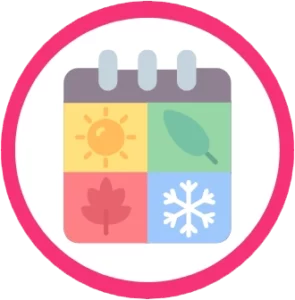Teaching young children to read is an exciting journey filled with discovery and growth. One powerful tool that can enhance their reading abilities is word mapping. In this blog post, we will explore the concept of word mapping, its benefits, essential skills for children, and practical strategies to teach and reinforce word mapping. We will also delve into engaging activities that make word mapping enjoyable and effective for kindergarten students.
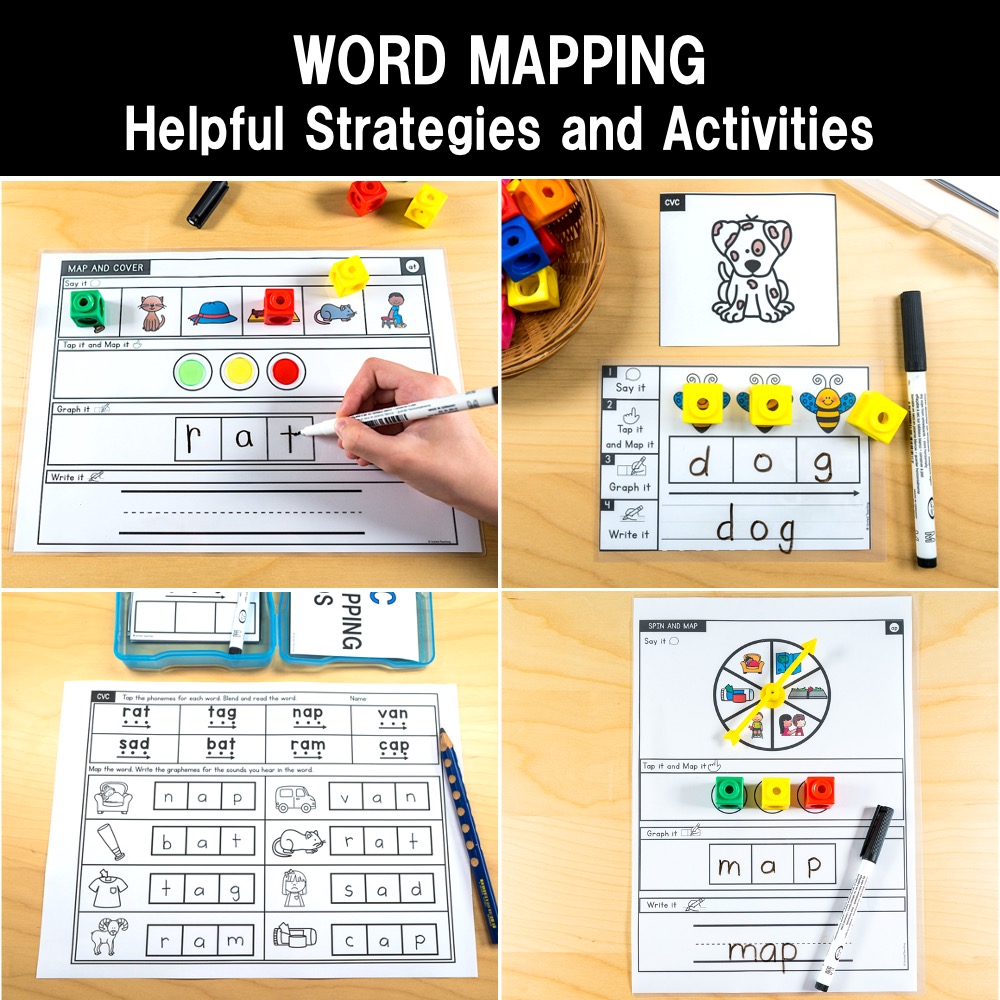
What is Word Mapping?
Word mapping is the process of connecting letters or letter combinations to their corresponding sounds or phonemes. It helps children understand the connection between written letters and spoken language, enabling them to read and decode words. For example, when we see the letter “c,” we can associate it with the /k/ sound in the word “cat.”
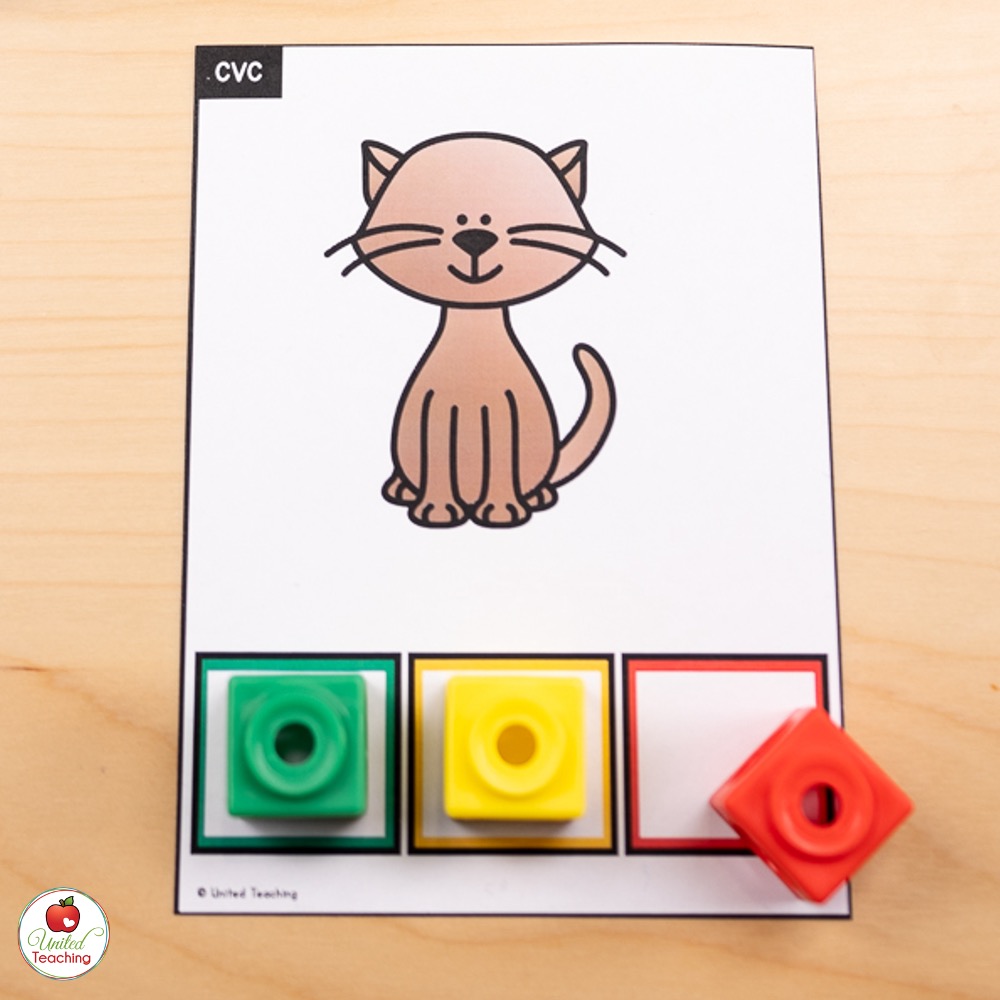
How does word mapping align with the principles and practices of the science of reading?
Word mapping is closely related to the science of reading as it aligns with the principles and research-based practices advocated by the science of reading. The science of reading is a field of research that examines how children learn to read and identifies effective instructional methods.
The science of reading emphasizes the critical role of word mapping in helping children become proficient readers. By teaching word mapping, educators support the development of essential skills such as letter-sound correspondence, segmentation, blending, and decoding. These skills are crucial for reading fluency, comprehension, and overall literacy success.
Why Should I Teach Word Mapping?
Teaching word mapping is vital as it lays a strong foundation for children to become proficient readers. By developing their phonics skills and improving decoding abilities, students gain the tools to build their word recognition and comprehend written text with ease. For instance, when we map the short vowel word “dog” as d-o-g, we can read it effortlessly.
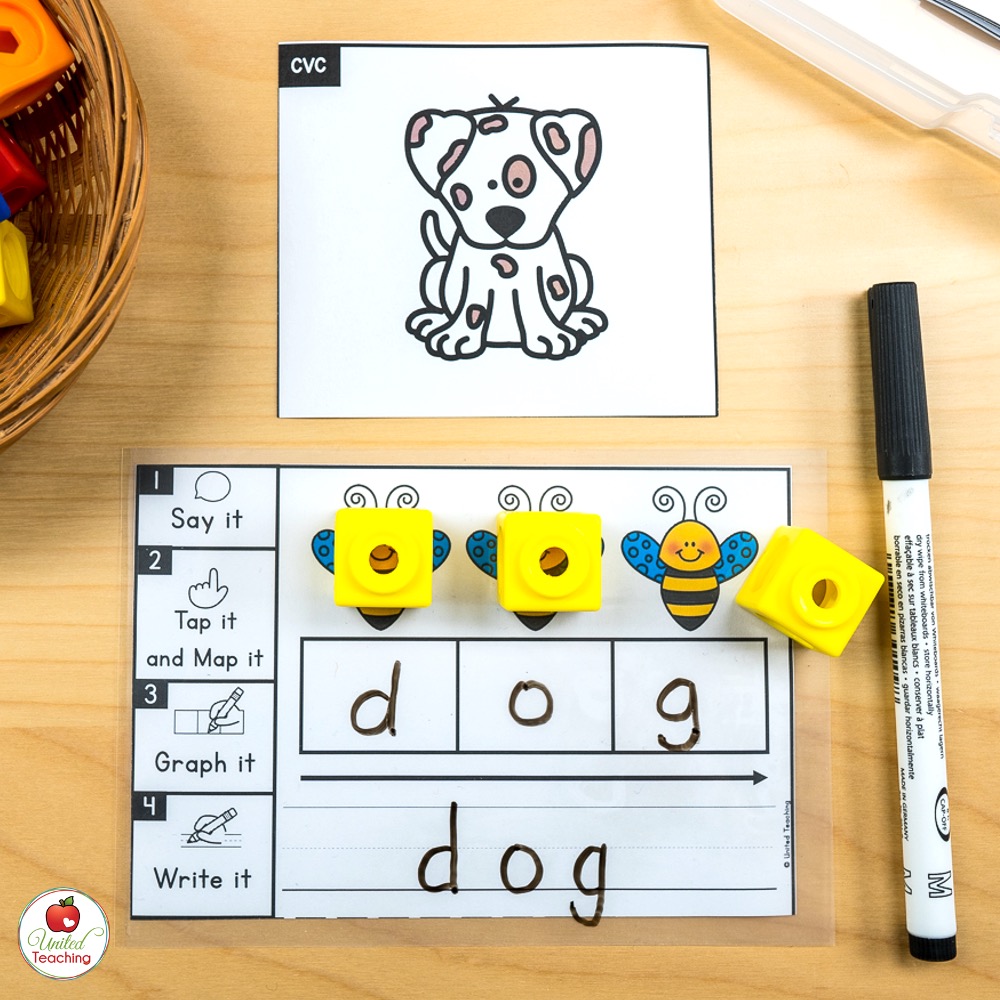
What Essential Skills are needed for Word Mapping?
To excel in word mapping, children need to develop three essential skills:
- Phonemic Awareness: The ability to identify and manipulate individual sounds (phonemes) in words. For example, recognizing that the cvc word “bat” has three sounds consisting of consonants and a vowel: /b/ /a/ /t/.
- Letter-Sound Correspondence: Understanding the relationship between letters and their sounds. Associating “m” with the /m/ sound in “man” is an example of letter-sound correspondence.
- Segmentation and Blending: Breaking words into individual sounds and blending them together. This skill allows children to map the sounds to their corresponding letters. For instance, blending /s/ /u/ /n/ to read the word “sun.”
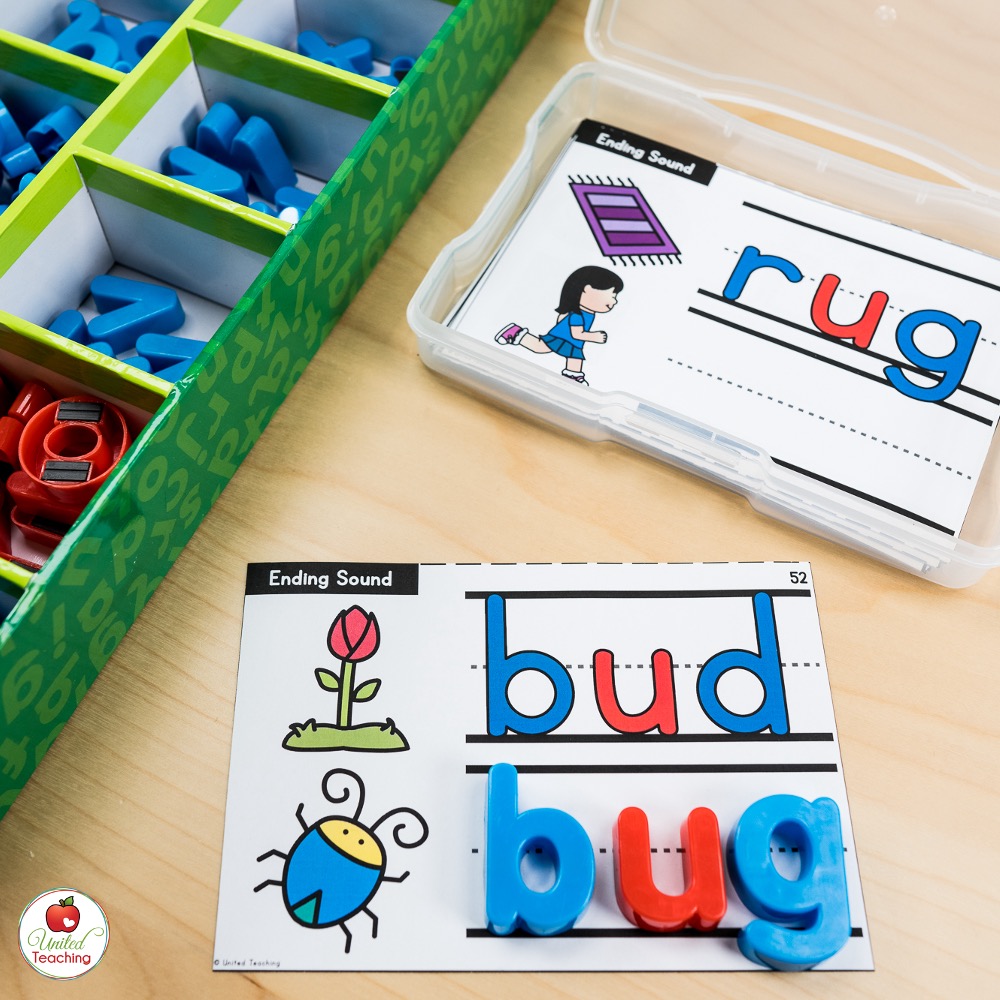
What is the difference between Word Mapping and Phoneme-Grapheme Mapping?
Word mapping and phoneme-grapheme mapping both involve connecting sounds to written symbols.
Word mapping is about connecting letters to their sounds to read and decode words. It helps children understand how letters and sounds work together.
Phoneme-grapheme mapping is specifically matching individual sounds to the written letters that represent those sounds. It’s about understanding the connection between the sounds we say and the letters we see.
In short, word mapping is the broader concept of connecting letters to sounds, while phoneme-grapheme mapping focuses on matching specific sounds to their written symbols.
Word Mapping vs. Orthographic Mapping
Word mapping and orthographic mapping are distinct processes:
- Word mapping focuses on connecting sounds to letters, helping children sound out and read unfamiliar words.
- The process of orthographic mapping involves recognizing and memorizing whole words visually, without relying on sounding them out. For example, word mapping involves decoding “cat” as c-a-t, whereas orthographic mapping recognizes it as a whole word. Orthographic Mapping is the mental process we use to learn and store words in our long term memory.
When Should I Use Word Mapping?
Word mapping should be employed during early literacy instruction to develop children’s phonics skills, decoding abilities, and overall reading proficiency. Incorporate word mapping when introducing new words to help students sound them out independently.
How to Teach Word Mapping?
An effective way of teaching word mapping is to utilize explicit instruction and provide ample practice opportunities. Consider these strategies:
- Blending and segmenting: Help children blend sounds to form words and segment words into individual sounds.
- Letter-sound drills: Practice associating letters with their corresponding sounds through drills and repetition.
- Multisensory activities: Engage students in hands-on manipulatives, letter tiles, and interactive games that involve visual, auditory, and kinesthetic elements.
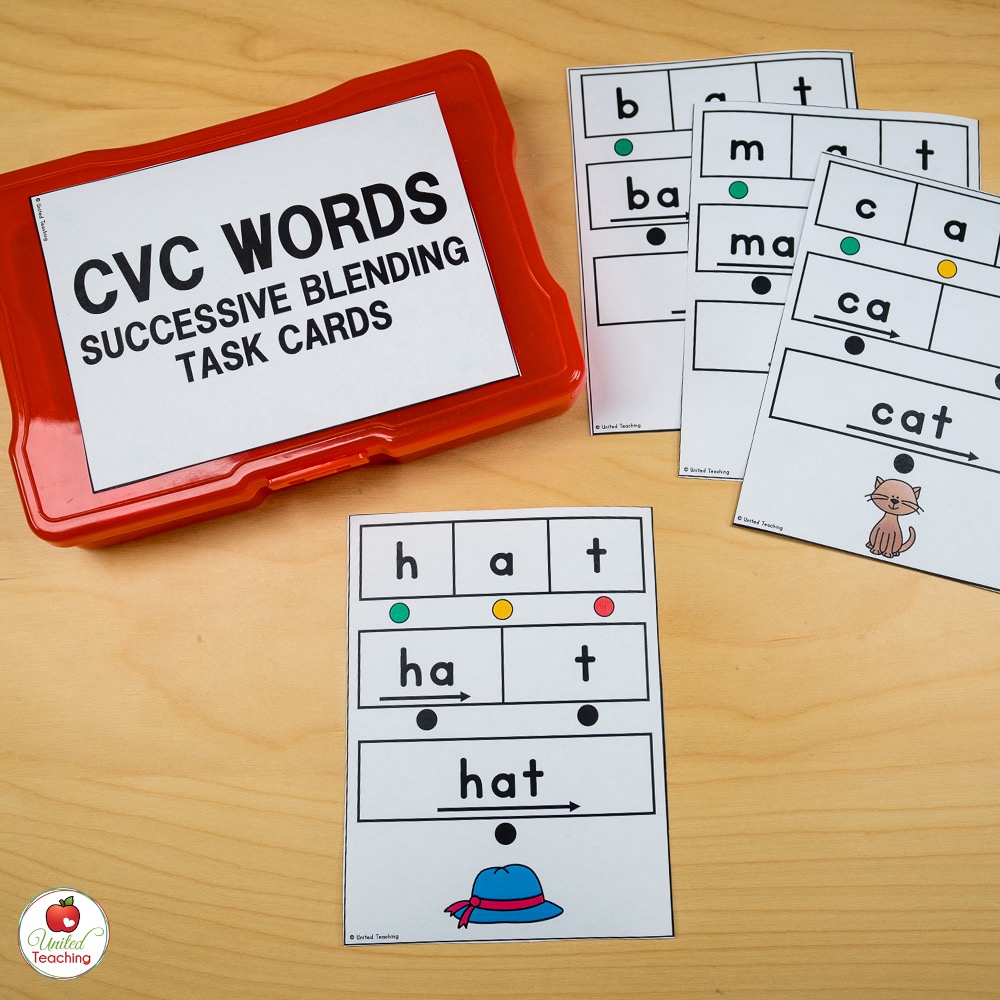
Steps for Word Mapping
- Choose a target word: Take an unfamiliar printed word. For example, a simple CVC (consonant-vowel-consonant) word such as “cat” or “dog.”
- Identify the sounds: Guide students to say the word aloud, emphasizing each sound they hear. Break the word into individual phonemes and say one sound at a time as in (/c/ – /a/ – /t/).
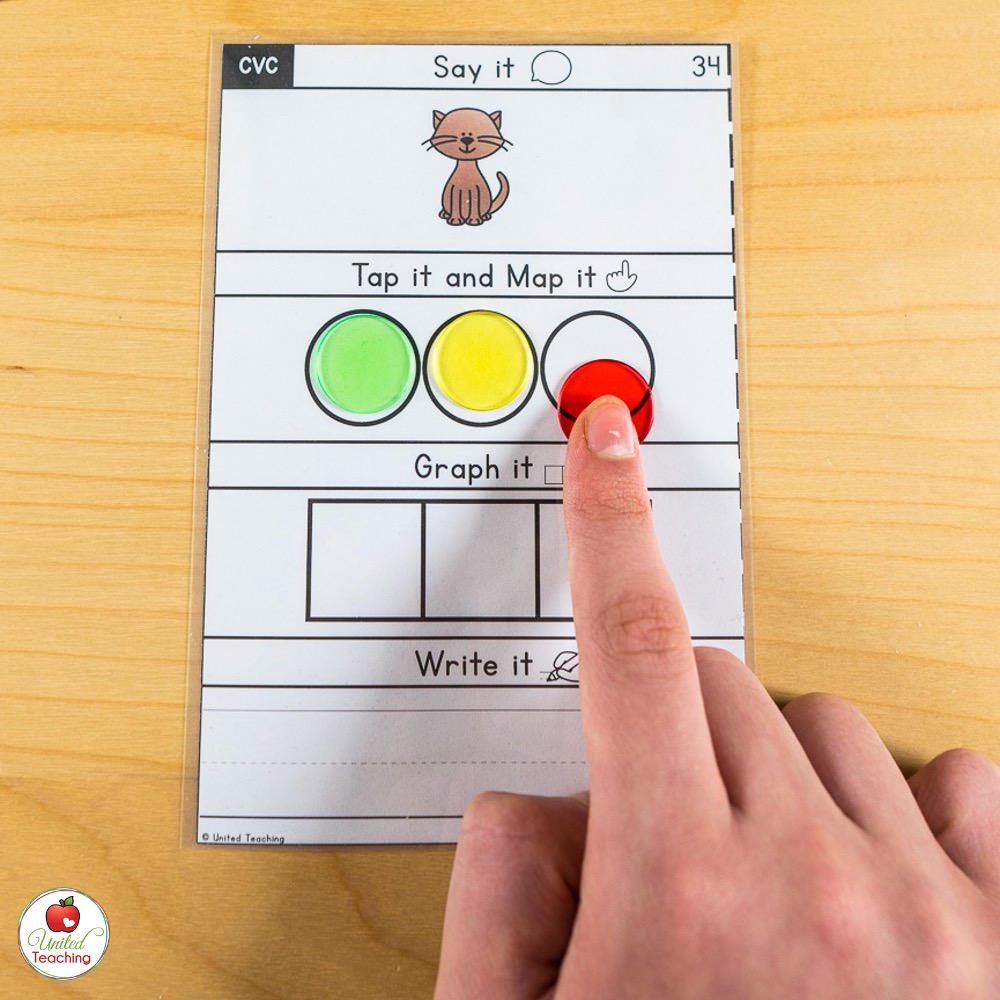
- Match sounds to letters: Prompt students to associate each sound with the corresponding letter or letter combination. For example, connect the sound /c/ with the letter “c,” the sound /a/ with the letter “a,” and the sound /t/ with the letter “t.” Have students tap the sounds and map the word by placing a manipulative down in a sound box for each sound or phoneme they hear. By using hands-on manipulatives to represent each sound, word mapping is a physical way of connecting sounds and letters.
- Graph the Word: Encourage students to graph and write the word. Students write the graphemes or letters in the boxes that match the phonemes. When students write the graphemes, they are practicing the important skill of mapping the corresponding sounds to their written representations. This also assists in students being able to spell the word.
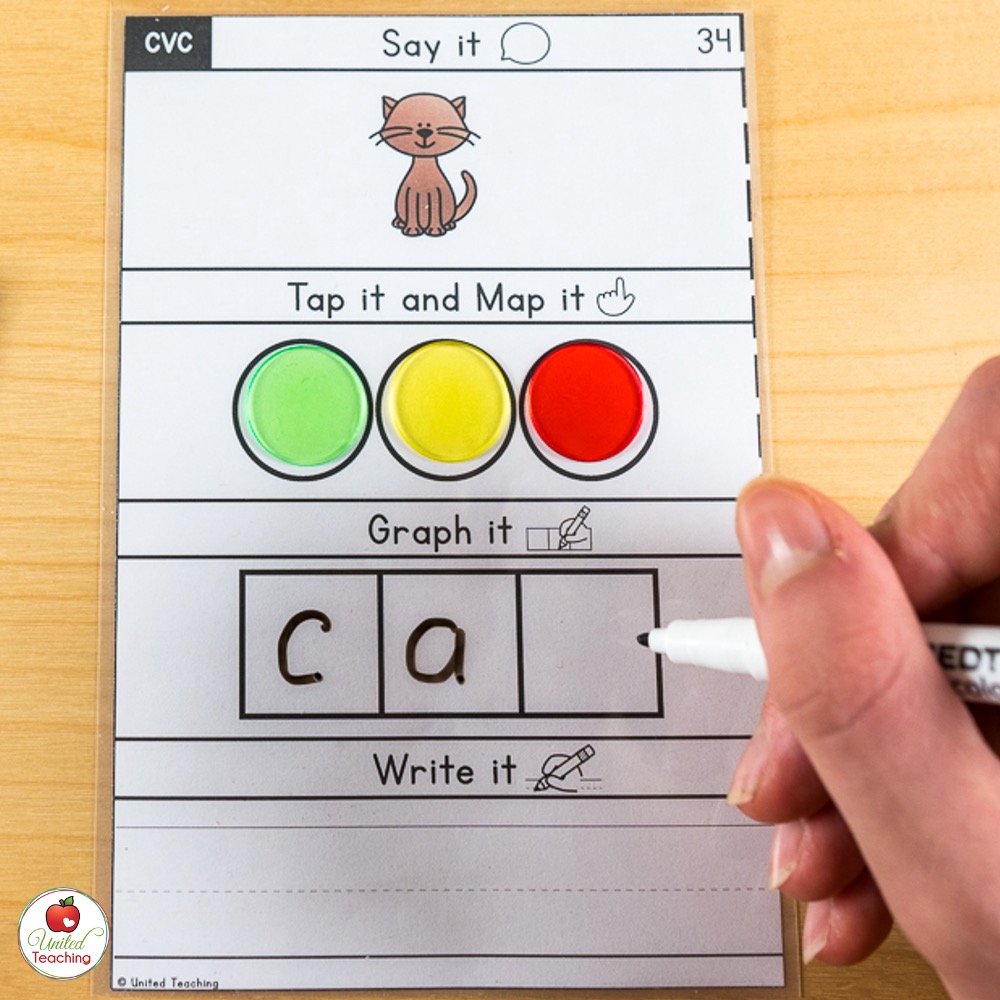
- Blend the sounds: Have students blend the sounds together to form the whole word. Practice saying the word as a cohesive unit, using the letter-sound associations. Practice writing the complete word.
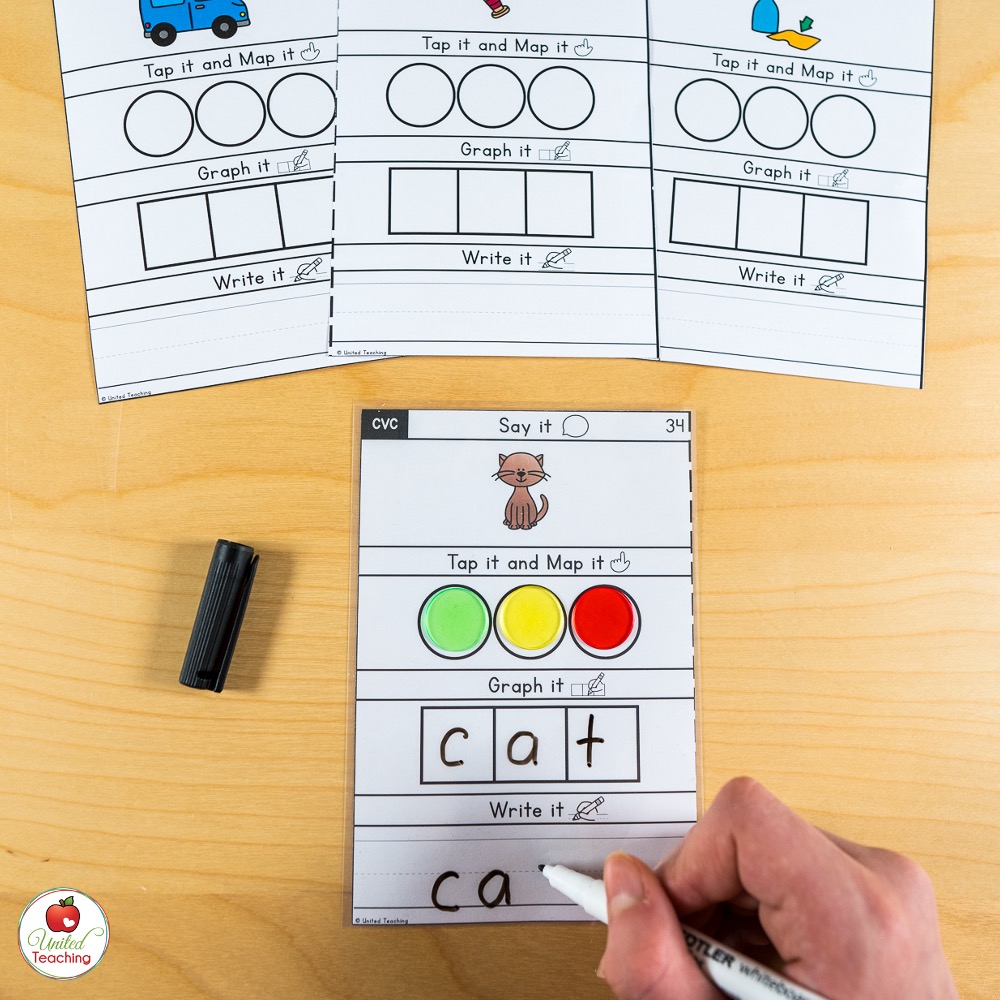
How to use Word Mapping with Heart Words?
In the journey of learning to read, encountering irregular high frequency words, also known as heart words, which can present a unique challenge for young readers. These sight words deviate from the usual patterns, making them tricky to decode. However, with the power of word mapping, we can provide students with an effective strategy to conquer these irregular high-frequency words. Let’s explore word mapping using the example of the word “said” and discover how it empowers students to tackle heart words with confidence.
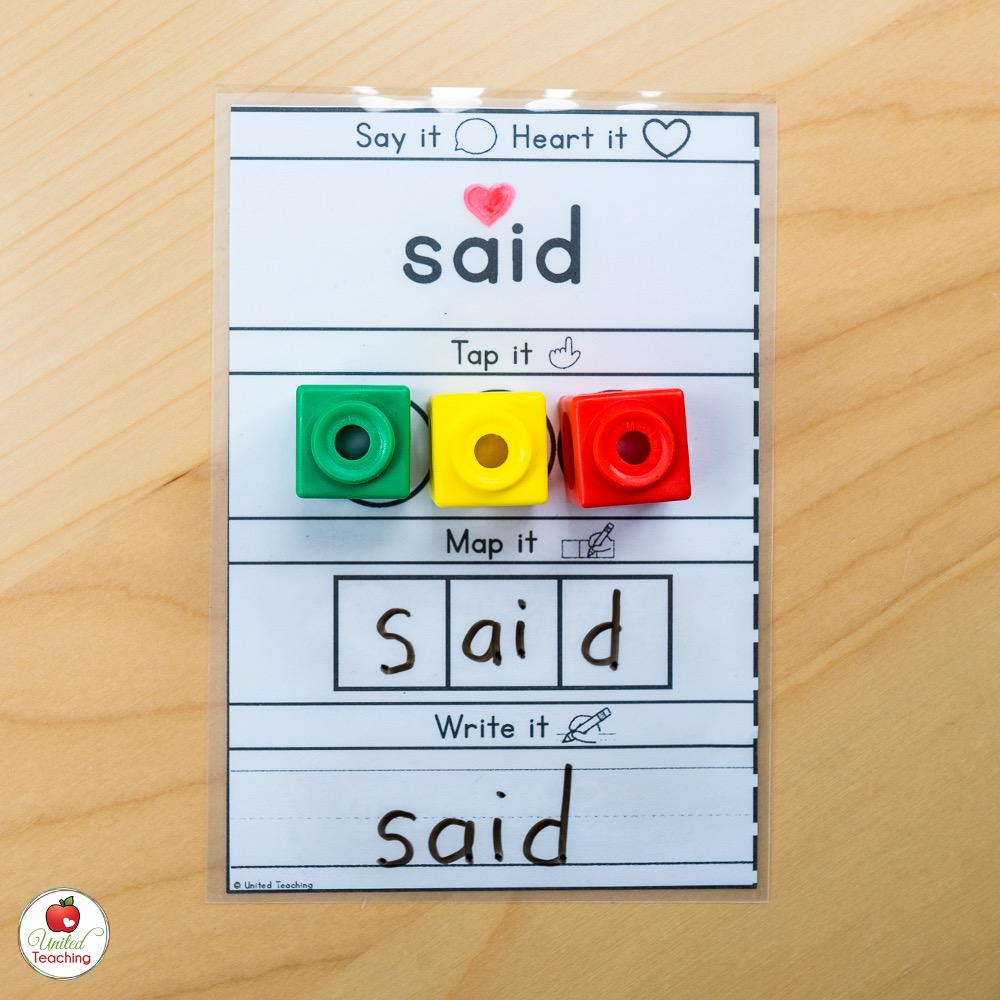
Step-by-Step Word Mapping Process for Irregular High-Frequency Words
- Introduce and engage students with the word: Present “said” and have students repeat it after you to establish active engagement.
- Tap out the sounds: Guide students to tap the individual sounds in the word, such as tapping twice for “said” to represent the two distinct sounds.
- Move counters into boxes: Use counters or tokens for students to place one in each box, aligning them with the tapped sounds. This visual representation strengthens the sound-letter connection. Verbalize the corresponding phonemes for each sound. Encourage discussion on the letters that make each sound.
- Address the irregular part: Highlight the irregularity of the word, like the “ai” combination in “said.” Explain that it doesn’t follow regular phonetic rules but proceed to the next sound in the word.
- Discuss the word breakdown: Show the word mapping progression, like “s-__-d.” Explain that most of the word is phonetic and decodable, except for the irregular part of the word. Reveal the missing letters and mark them as irregular for extra attention.
- Emphasize sound-based approach: Assure students they don’t need to memorize the entire word by sight. Focus on mapping phonemes to letters and paying specific attention to the irregular part. This empowers students to tackle irregular high-frequency words systematically.
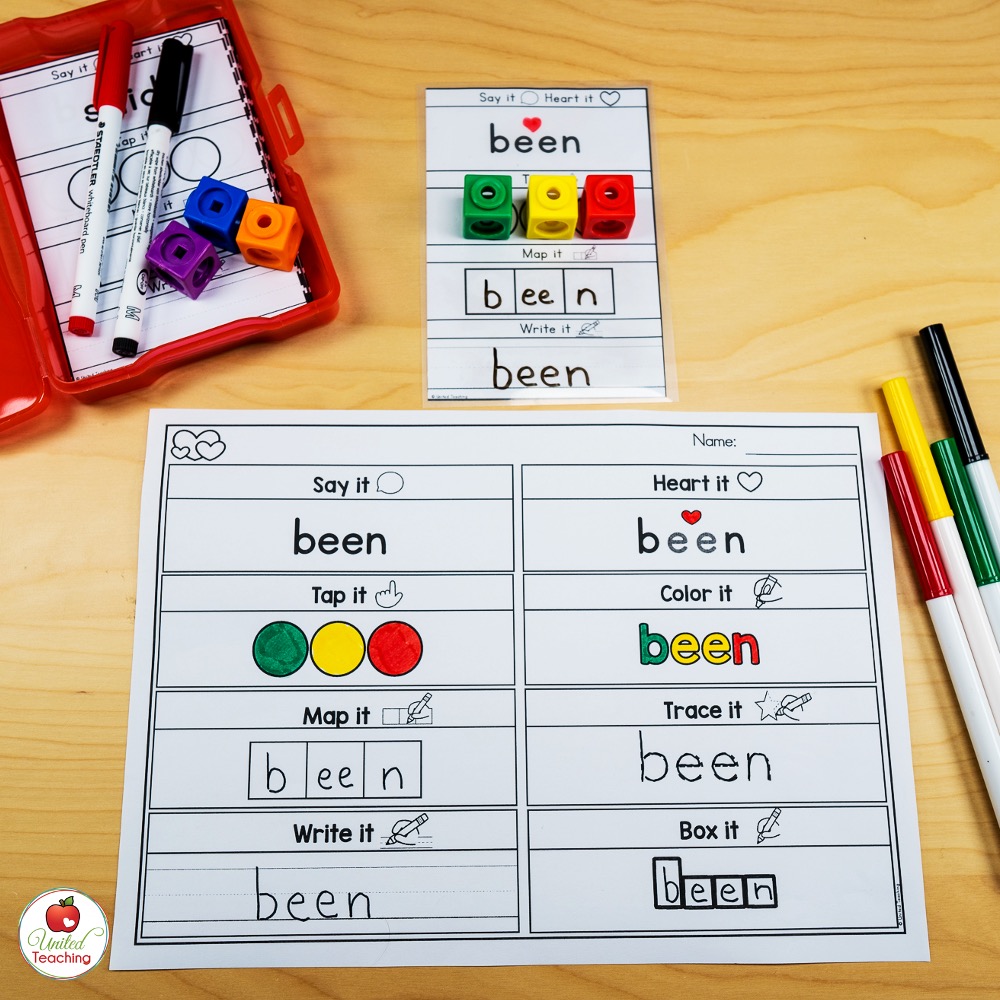
Word Mapping Activities
There are a ton of different ways to teach word mapping. Students can practice word mapping with these engaging and interactive activities:
- Word mapping games
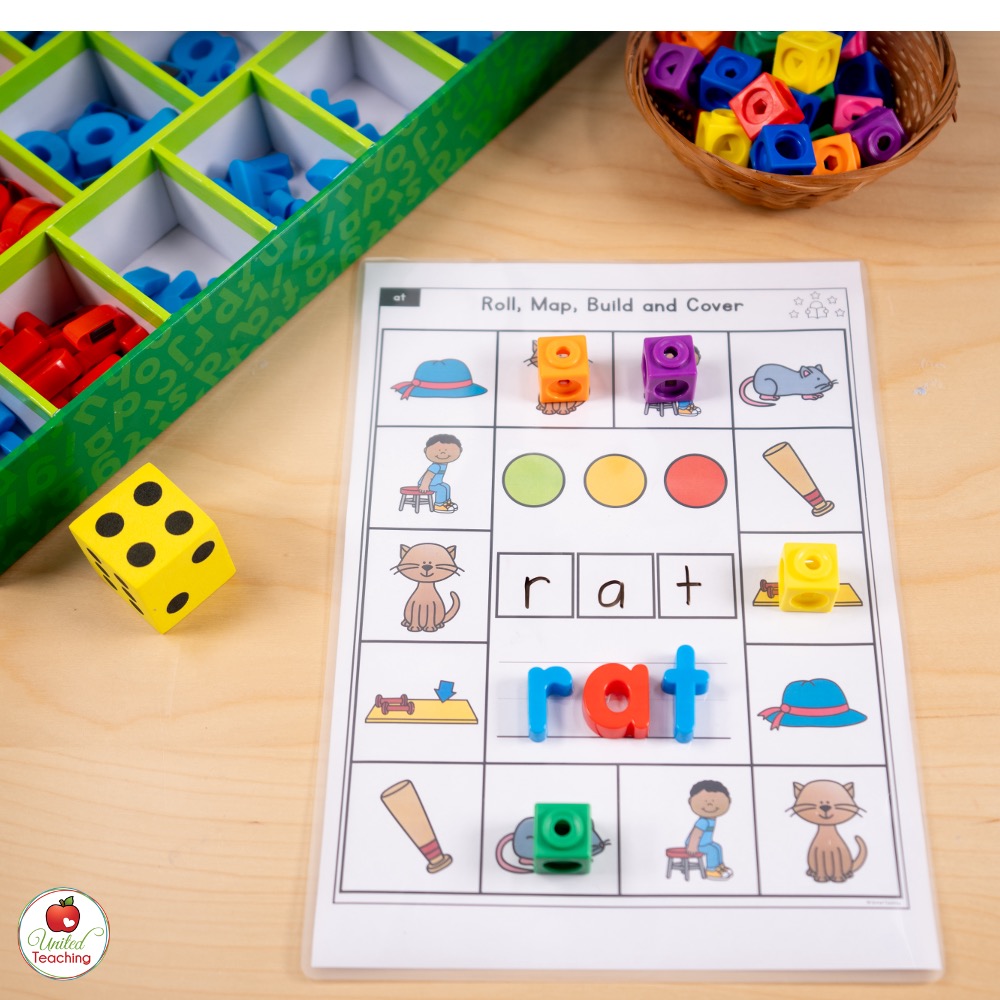
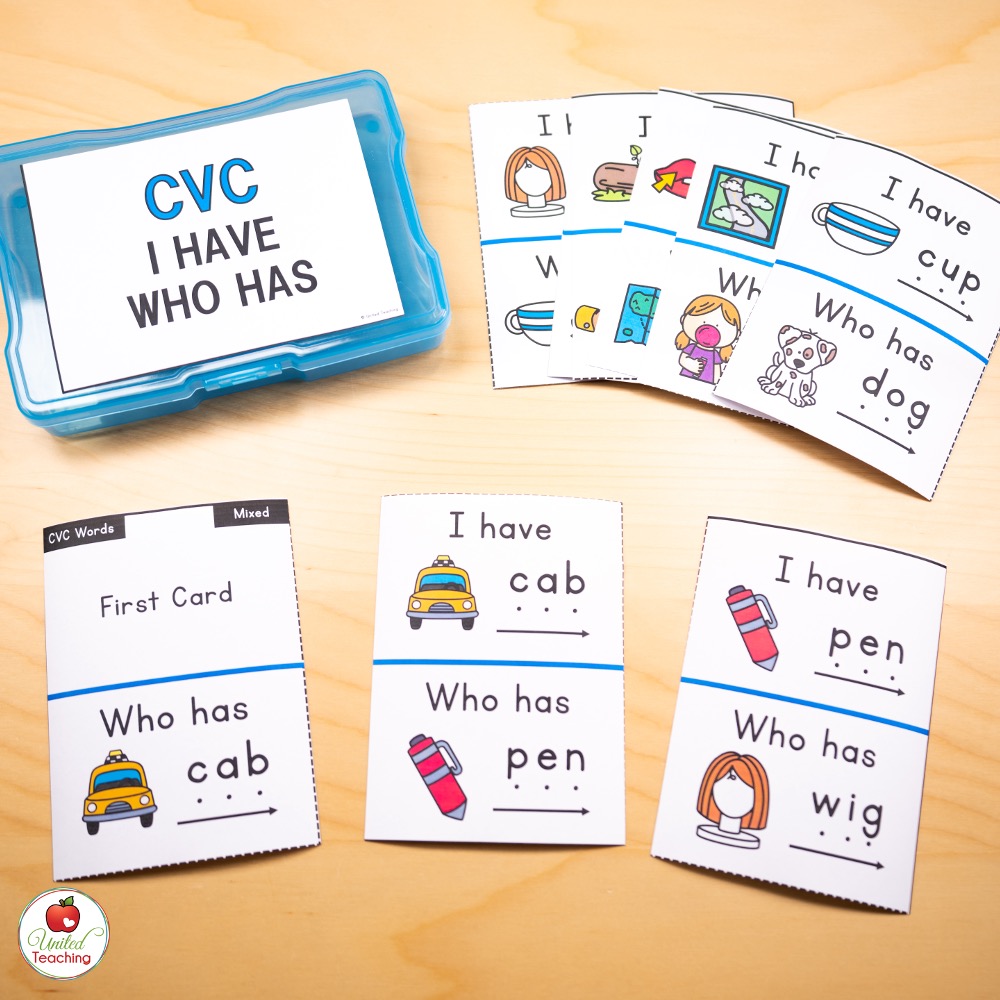
- Word Mapping Centers
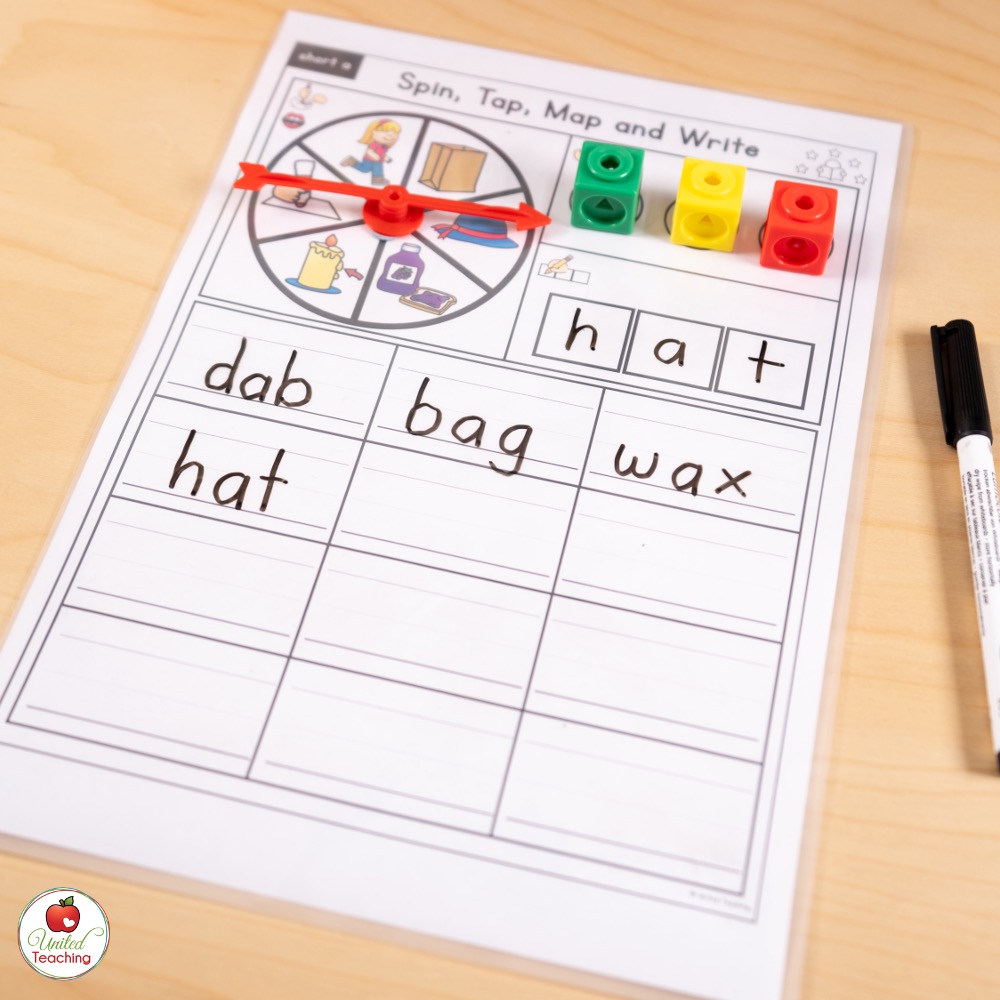
- Word Mapping worksheets
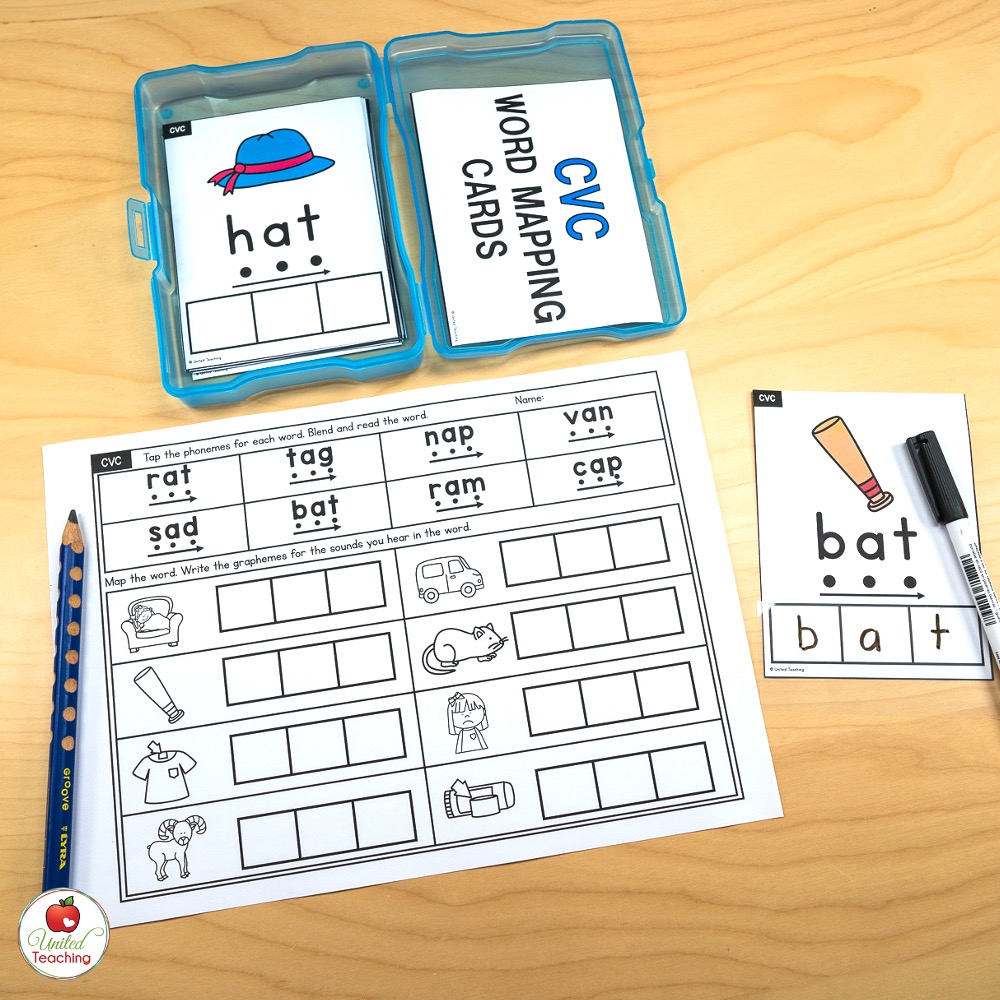
Word mapping is an effective way to help kindergarten students become proficient readers. By understanding the concept, its benefits, essential skills, and practical teaching strategies, you can guide your students towards reading success. Engaging them in interactive word mapping activities ensures a fun and effective learning experience. Remember, with word mapping, you are opening doors to a world of literacy and unlocking the potential of young minds.
Pin for Later
